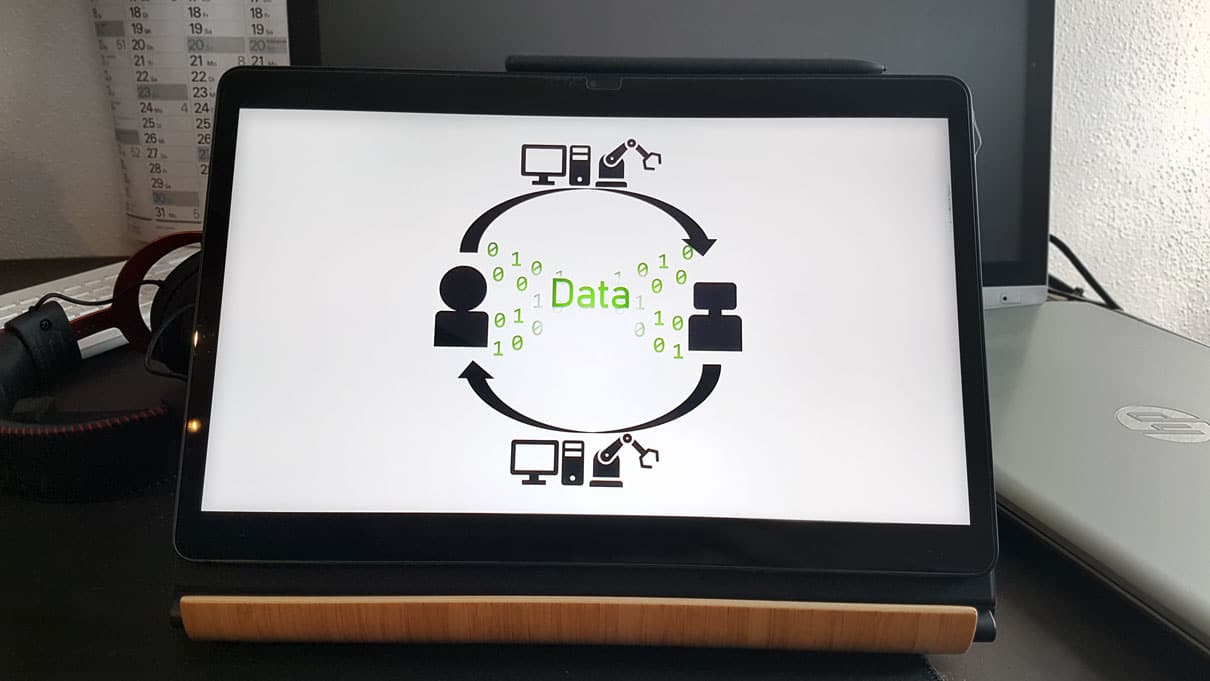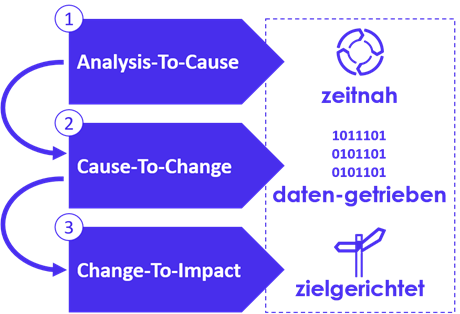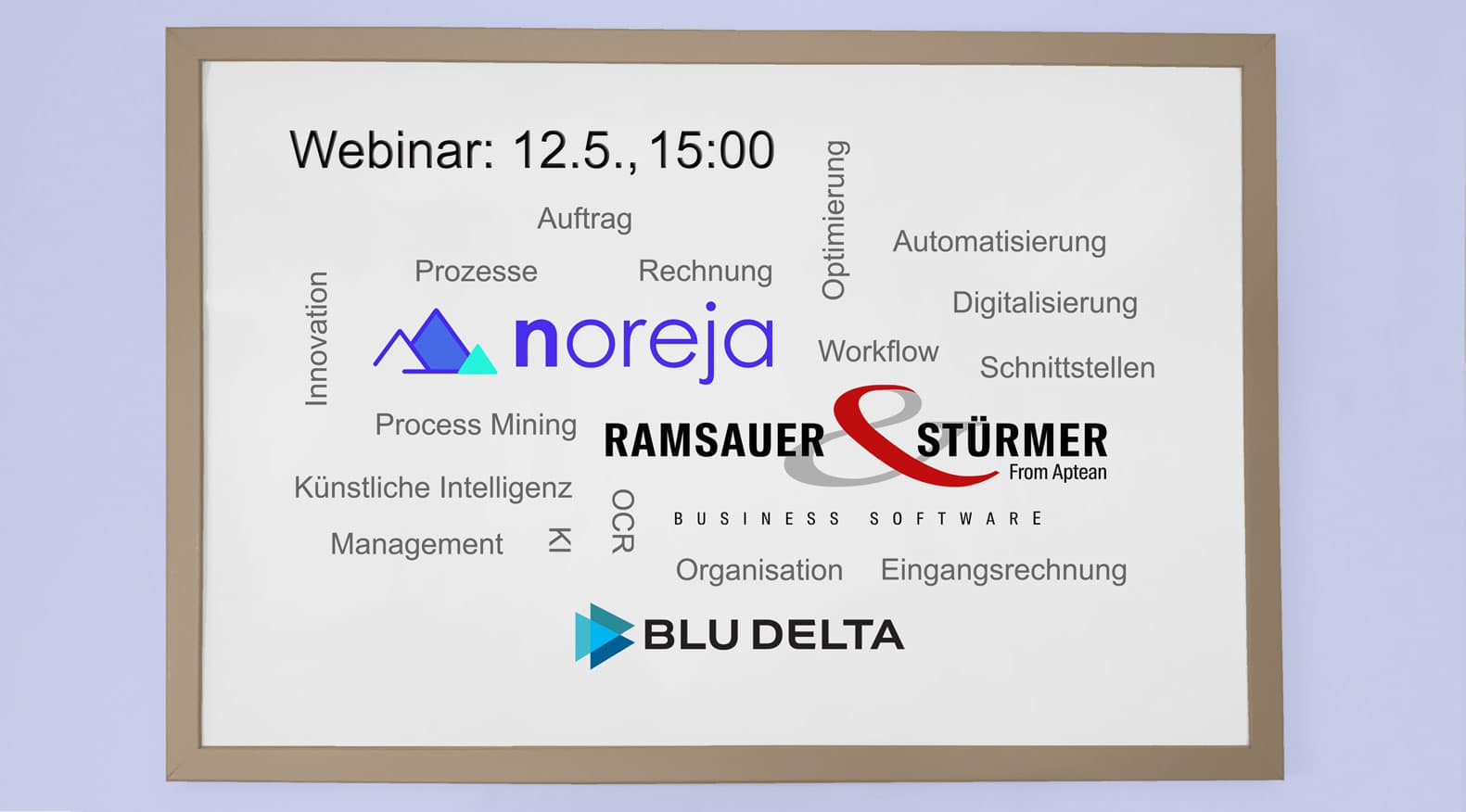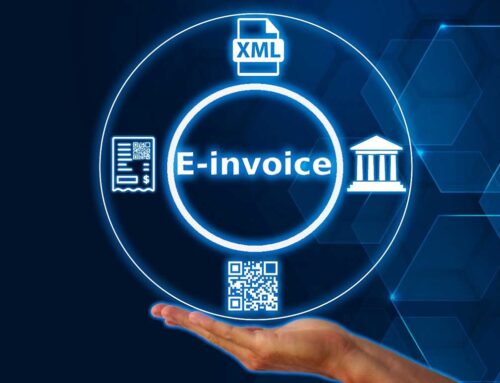You’ve probably already heard the term Process Mining – but do you also know what it means and how it can be used for targeted automation? Noreja – a specialist in the field of causal process mining – has examined the invoice receipt process for a customer with Ramsauer&Stürmer (ERP manufacturer) and optimized the process. Read on for details in this article.

What exactly is Process Mining?
Process Mining is the data-driven analysis and optimization of processes. Humans and machines leave traces (event data) through their activities in workflow systems such as in a DMS or ERP systems - i.e. what was processed by whom, where and when. Process mining uses modern data science methods and these data to analyze, simulate and optimize processes such as invoice receipt as part of the purchase-to-pay process.
Process Mining: Use New Forms of Automation in the Right Place
While Process Mining was originally intended to counteract problems that occurred when automating workflows, today it combines workflow weaknesses with new forms of automation. For example, Process Mining supports approaches such as AI automation or Robotic Process Automation (RPA) in two ways:
- Identifying repetitive and simple activities that machines can assist humans with, and
- Supervision of the correct behavior of machines and the overall organization of work processes.
While low-code tools such as the AI-based capture of documents and invoices, robotic process automation, etc. automate specialized activities, process mining looks at the entire end-to-end process.
Process Mining used for Purchase-To-Pay and Invoice Receipt
There are three central KPIs for the optimization of business processes, where modern process mining based on new data science methods (such as causal process mining as offered by Noreja) helps:

Analysis-To-Cause: Reduction of the time from the beginning of the process analysis to the identification of the cause of the problem.
Cause-To-Change: Faster and more effective insight into where, how and why it would be optimal to carry out process optimization.
Change-To-Impact: Gaining transparency and speed when evaluating changes that have already been implemented through subsequent continuous monitoring.
Purchase-To-Pay improvement through AI invoice receipt
Noreja analyzed the Purchase-To-Pay process at one of our ERP partners customers and made this information available to us. After the analysis, the BLU DELTA AI for invoice entry (low integration effort and high-quality entry with low false positive values or error rate) was recommended and implemented.
Facts of the Purchase-to-Pay Process
Analysis-To-Cause:
A look at the analysis dashboard for the purchase-to-pay process creates transparency.

Based on 15,000 process runs:
- Between "Create delivery note" and "Post invoice" before optimization: 14 hours and 35 minutes
- Total turnaround time of the Purchase-To-Pay process: 5 days and 9 hours
- Post-processing rate: 2.1 for invoice posting (high)
- 384 process anomalies were identified
Cause-To-Change:
The previously created transparency regarding the cause of the problem is then converted into precise optimization measures. High post-processing rates and constantly increasing runtimes indicate resource bottlenecks in accounting (invoice receipt, archiving, invoice verification, invoice release). Especially when the invoice is received, there is a lot of manual effort due to media discontinuities between the invoice and the ERP system, which also harbors the potential for errors.
Optimization recommendation:
Integrate OCR in the form of an Ready-to-Use AI. The latest technologies (deep learning and NLP) in combination with the latest AI architectures enable reduction from day one. Models are already pre-trained here and can usually automatically record a large part of the calculations without initial effort and with a lower error rate.
Change-To-Impact:
Through continuous monitoring using Process Mining, the measures taken by the AI-as-a-Service solution can be measured.
Total running time after optimization: 13 hours 11 minutes (-84 minutes)
Webinar about Process Mining with Automatic Invoice Capturing
The result shows that the running times and post-processing expenses (low post-processing rate) in the business process can be greatly reduced by optimizing the invoice receipt.
If you would like to learn more about this special case, we recommend that you also take part in the associated webinar: Thursday, May 12, 2022, 3:00 p.m. to 4:00 p.m
The lecture will take place online via Microsoft Teams, click here to register.

BLU DELTA is a product for the automated capture of financial documents. Partners, but also finance departments, accounts payable accountants and tax advisors of our customers can use BLU DELTA to immediately relieve their employees of the time-consuming and mostly manual capture of documents by using BLU DELTA AI and Cloud.
BLU DELTA is an artificial intelligence from Blumatix Intelligence GmbH.

Author: Christian Weiler is the former General Manager of a global IT company based in Seattle/US. Since 2016, Christian Weiler has been increasingly active in the field of artificial intelligence in a variety of roles and has been part of the management team of Blumatix Intelligence GmbH since 2018.
Contact: c.weiler@blumatix.com





